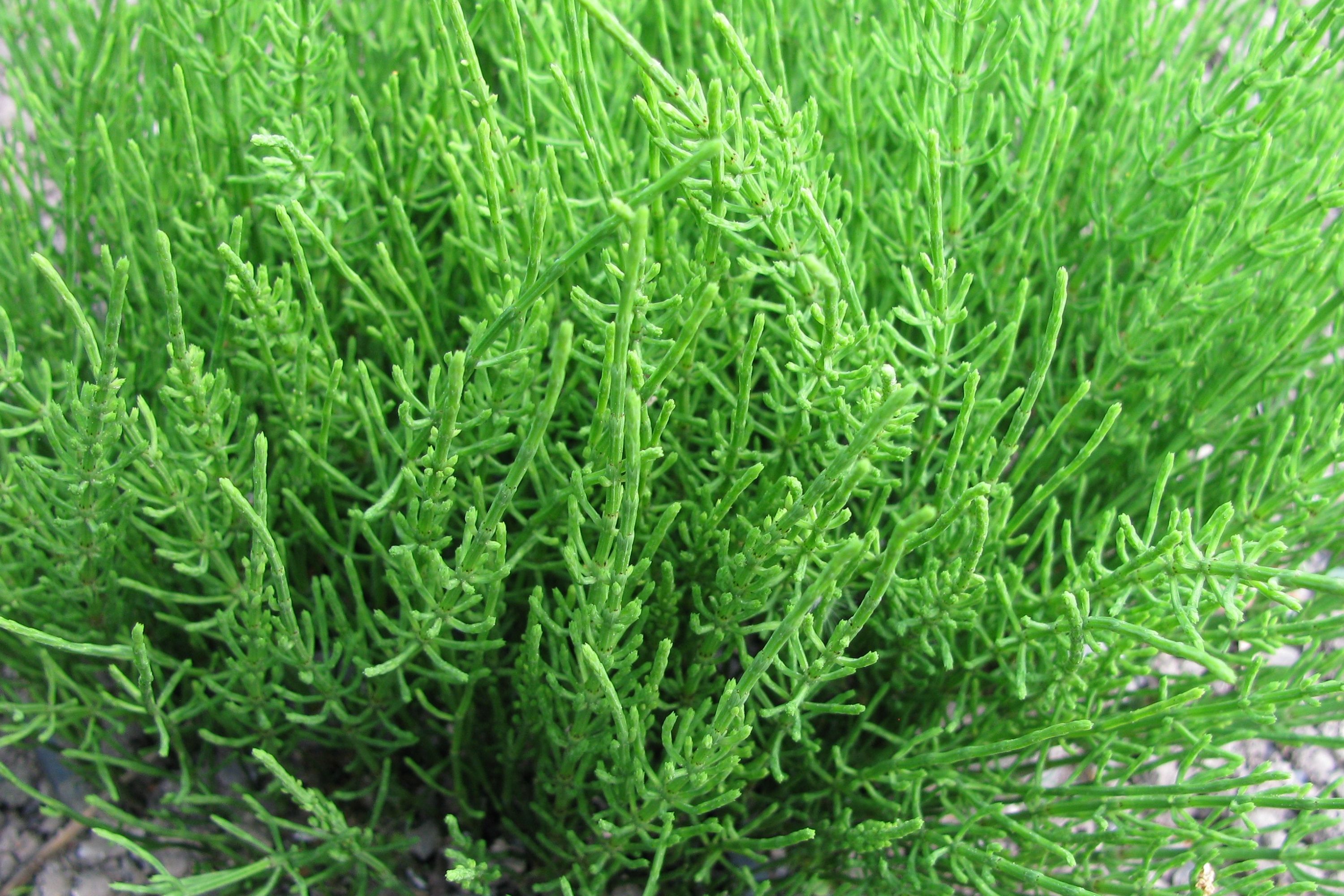Common horsetail
(Equisetum arvense)

Description
Equisetum arvense, commonly known as field horsetail or common horsetail, is a perennial herbaceous plant that belongs to the Equisetaceae family. It is a unique plant that is considered to be one of the oldest plants on earth, with fossil records dating back to over 100 million years ago. In this article, we will delve into the fascinating world of Equisetum arvense, exploring its taxonomy, morphology, distribution, ecology, medicinal properties, and economic importance. Taxonomy Equisetum arvense is a member of the Equisetaceae family, which includes approximately 20 species of horsetails. The genus Equisetum is a relic from the past, with fossil records dating back to the Carboniferous period, over 300 million years ago. The plant is commonly known as field horsetail or common horsetail and has various other names, including scouring rush, snake grass, and puzzlegrass. Morphology Equisetum arvense is a perennial herbaceous plant that grows to a height of 20 to 80 centimeters (8 to 31 inches). It has a dark green, hollow, and jointed stem that is segmented into nodes and internodes. The plant has no true leaves, but instead, small scales arranged in a whorled pattern at each node. The stem has a rough texture due to the presence of silica deposits, and it can be easily broken into sections. Equisetum arvense produces two types of stems: sterile stems and fertile stems. The sterile stems are photosynthetic and are the most common type. They grow in a dense cluster and have a distinct bushy appearance. The fertile stems, on the other hand, are non-photosynthetic and grow in spring to produce a spore-bearing cone. The cone is cylindrical in shape, with a brown color and a rough texture. The spores are released from the cone and dispersed by the wind. Distribution Equisetum arvense is a cosmopolitan plant that is widely distributed throughout the temperate regions of the Northern Hemisphere. It can be found in Europe, Asia, North America, and North Africa. The plant thrives in moist and marshy habitats, such as wetlands, swamps, meadows, and riverbanks. It is also found in disturbed areas, such as agricultural fields, roadsides, and railway tracks. Ecology Equisetum arvense is a unique plant that has adapted to survive in various ecological niches. The plant has a shallow root system that allows it to absorb nutrients and water from the surface soil layer. It also has a high tolerance for low light conditions, which makes it suitable for growing in shaded areas. The plant's stems contain silica deposits, which provide protection against herbivores and pathogens. Equisetum arvense plays an essential role in ecological succession, especially in disturbed areas. The plant's ability to establish quickly and grow vigorously makes it an excellent pioneer species. It also has a high capacity to extract nutrients from the soil and store them in its tissues, making it a valuable source of organic matter. Medicinal Properties Equisetum arvense has been used for centuries in traditional medicine to treat various ailments. The plant contains several bioactive compounds, including flavonoids, alkaloids, saponins, and phenolic acids. These compounds have demonstrated antimicrobial, anti-inflammatory, antioxidant, diuretic, and astringent properties. The plant is commonly used to treat urinary tract infections, kidney stones, edema, and wounds. It is also used topically to treat skin conditions, such as eczema and psoriasis.
Taxonomic tree:







